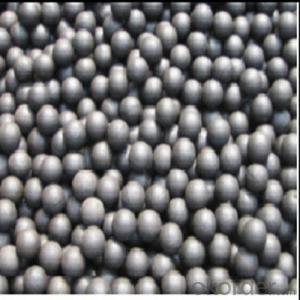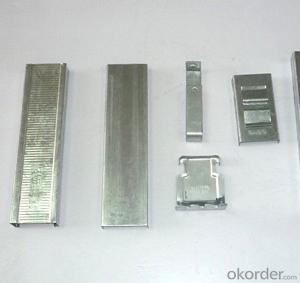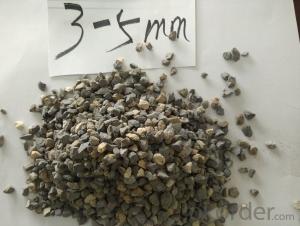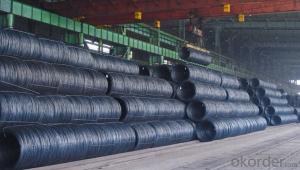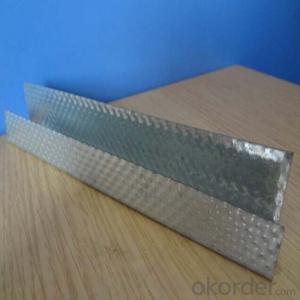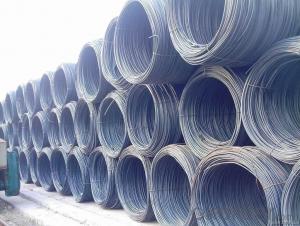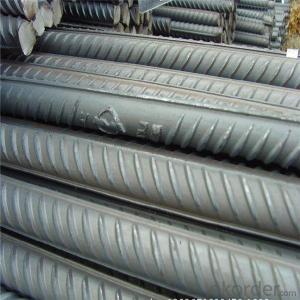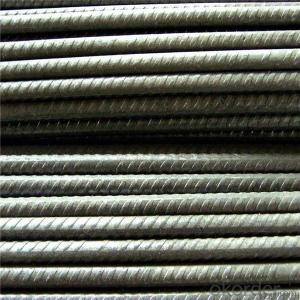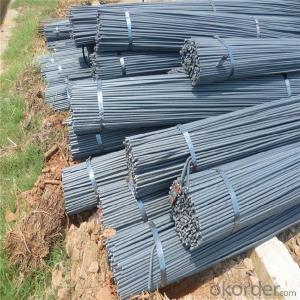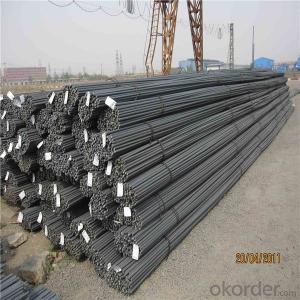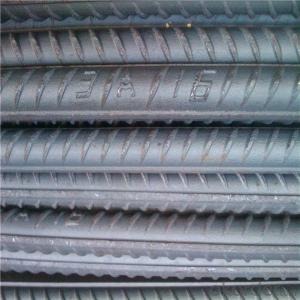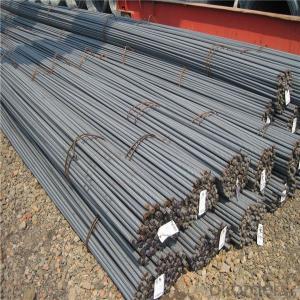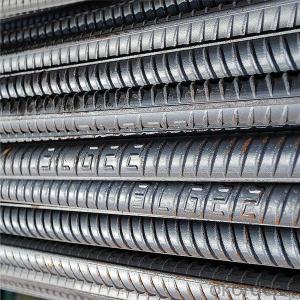Steel Rods In Concrete
Steel Rods In Concrete Related Searches
Best Paint For Stainless Steel Blanket Insulation For Steel Buildings Primer For Galvanized Steel Foam Filter For Stainless Steel H S Code For Stainless Steel Surface Grinding Wheels For Stainless Steel Surface Grinding Wheels For Hardened Steel Hole Saw For Stainless Steel Paint For Stainless Steel Stainless Steel For BbqHot Searches
Steel Mesh Panels For Sale Price For Stainless Steel Scrap Scrap Price For Stainless Steel Price For Stainless Steel Stainless Steel Tank For Sale Stainless Steel Sheets For Sale Cheap High Tea Sets For Sale Stainless Steel Tanks For Sale Stainless Steel For Sale High Density Fiberboard For Sale Solar Hot Water Collectors For Sale Scaffolding For Sale In Uae Scaffolding For Sale In Ireland Scaffolding For Sale In Houston Type Of Inverter For Solar Price Of Shipping Containers For Sale Types Of Inverter For Solar Stock Price For Aluminum Used Solar Inverter For Sale Steel Mesh Panels For SaleSteel Rods In Concrete Supplier & Manufacturer from China
Okorder.com is a professional Steel Rods In Concrete supplier & manufacturer, offers integrated one-stop services including real-time quoting and online cargo tracking. We are funded by CNBM Group, a Fortune 500 enterprise and the largest Steel Rods In Concrete firm in China.Hot Products
FAQ
- Steel rebars are protected from moisture during storage by applying a protective coating, such as anti-corrosion paint or epoxy, or by covering them with waterproof materials like plastic sheets or tarps. Additionally, storing rebars in a dry and well-ventilated area can help prevent moisture buildup.
- Yes, steel rebars can be used in the construction of museums and art galleries. Steel rebars provide structural support and reinforcement, making them suitable for ensuring the stability and durability of the buildings. Additionally, steel rebars can be designed and installed in a way that minimizes their visual impact, preserving the aesthetic appeal of the museums and art galleries.
- Some common quality issues found in steel rebars are surface defects such as cracks, rust, and unevenness, as well as dimensional deviations, improper bending, and inadequate strength or hardness. These issues can compromise the structural integrity and longevity of reinforced concrete structures.
- There are several advantages of using composite steel rebars. Firstly, composite steel rebars offer higher tensile strength compared to traditional steel rebars, making them more durable and resistant to deformation. Secondly, they have a lower coefficient of thermal expansion, reducing the risk of cracking and improving long-term performance. Additionally, composite steel rebars are corrosion-resistant, ensuring a longer lifespan and lower maintenance costs. Furthermore, these rebars are lighter in weight, making them easier to handle and transport. Lastly, composite steel rebars can be easily fabricated and installed, allowing for greater design flexibility and faster construction.
- There are several common methods used to cut steel rebars on construction sites. These methods are chosen based on the specific requirements of the project and the available equipment. One commonly used method is using a rebar cutter, which is a handheld tool specifically designed for cutting steel rebars. These cutters are operated manually and can easily cut through rebars of varying diameters. They are convenient to use on-site due to their portability and ease of operation. Another method is using a chop saw, also known as a cut-off saw or an abrasive saw. This method involves using a high-speed abrasive disc to make precise cuts on the steel rebars. Chop saws are commonly used when there is a need for accurate and clean cuts, especially when multiple rebars need to be cut to the same length. Oxy-fuel cutting is another method that can be used for cutting steel rebars. This method involves using a torch that combines oxygen and a fuel gas, typically acetylene, to create a high-temperature flame. The intense heat generated by the torch can effectively cut through steel rebars of varying thicknesses. Oxy-fuel cutting is often used when there is a need for rapid cutting or when dealing with thicker rebars. Plasma cutting is also a popular method for cutting steel rebars. This technique uses a high-velocity jet of ionized gas, known as plasma, to melt and remove the metal. Plasma cutting is suitable for cutting rebars of different thicknesses and can achieve precise and clean cuts. It is often used when working with rebars that have intricate shapes or when there is a need for fast and accurate cutting. It is important to note that safety precautions should always be followed when cutting steel rebars on construction sites. This includes wearing appropriate personal protective equipment, such as safety glasses, gloves, and hearing protection. Additionally, proper training and supervision are crucial to ensure the correct use of cutting equipment and to minimize the risk of accidents or injuries.
- Steel rebars contribute to the overall sustainability of a structure in several ways. First, they enhance the durability and strength of the building, allowing it to withstand various loads and environmental conditions for a longer lifespan. This reduces the need for frequent repairs or replacements, thereby conserving resources and reducing waste. Additionally, steel rebars are made from recycled materials, reducing the demand for raw materials and the associated environmental impact. Moreover, the recyclability of steel makes it a sustainable choice, as it can be reused or repurposed at the end of the structure's life. Overall, steel rebars contribute to the sustainability of a structure by ensuring longevity, minimizing material consumption, and promoting recycling.
- Yes, steel rebars are susceptible to magnetic fields as they are made primarily of iron, which is a ferromagnetic material.
- Trucks or trailers are typically used to transport steel rebars to construction sites. These vehicles are specifically designed to safely carry and unload the heavy and bulky rebars. When the rebars arrive at the site, they are usually offloaded using cranes or forklifts. To make storage and access more efficient, rebars are often kept in designated areas known as rebar yards. These yards are typically organized in a manner that allows for easy identification and retrieval of rebars when needed. The rebars are sorted and stacked according to their size, length, and type to avoid any confusion during construction. In the rebar yard, rebars are commonly stored horizontally on racks made of steel or wood. These racks are designed to provide proper support and prevent any damage to the rebars. It's important to note that rebars should be stored above ground level to protect them from moisture, rust, and contamination. They should also be kept away from damp areas and direct contact with soil. To maintain the quality of the rebars, it's crucial to protect them from rain, snow, and excessive sunlight. Therefore, construction sites often utilize protective covers like tarps or plastic sheets to shield the rebars and prevent any corrosion or deterioration. Additionally, construction workers must handle rebars with care to avoid bending or deformation. Special attention should be paid to prevent dropping or dragging of rebars, as it can compromise their structural integrity. Overall, careful planning and adherence to safety guidelines are necessary for the transportation and storage of steel rebars on construction sites. This ensures the rebars maintain their quality and effectiveness in reinforcing concrete structures.







